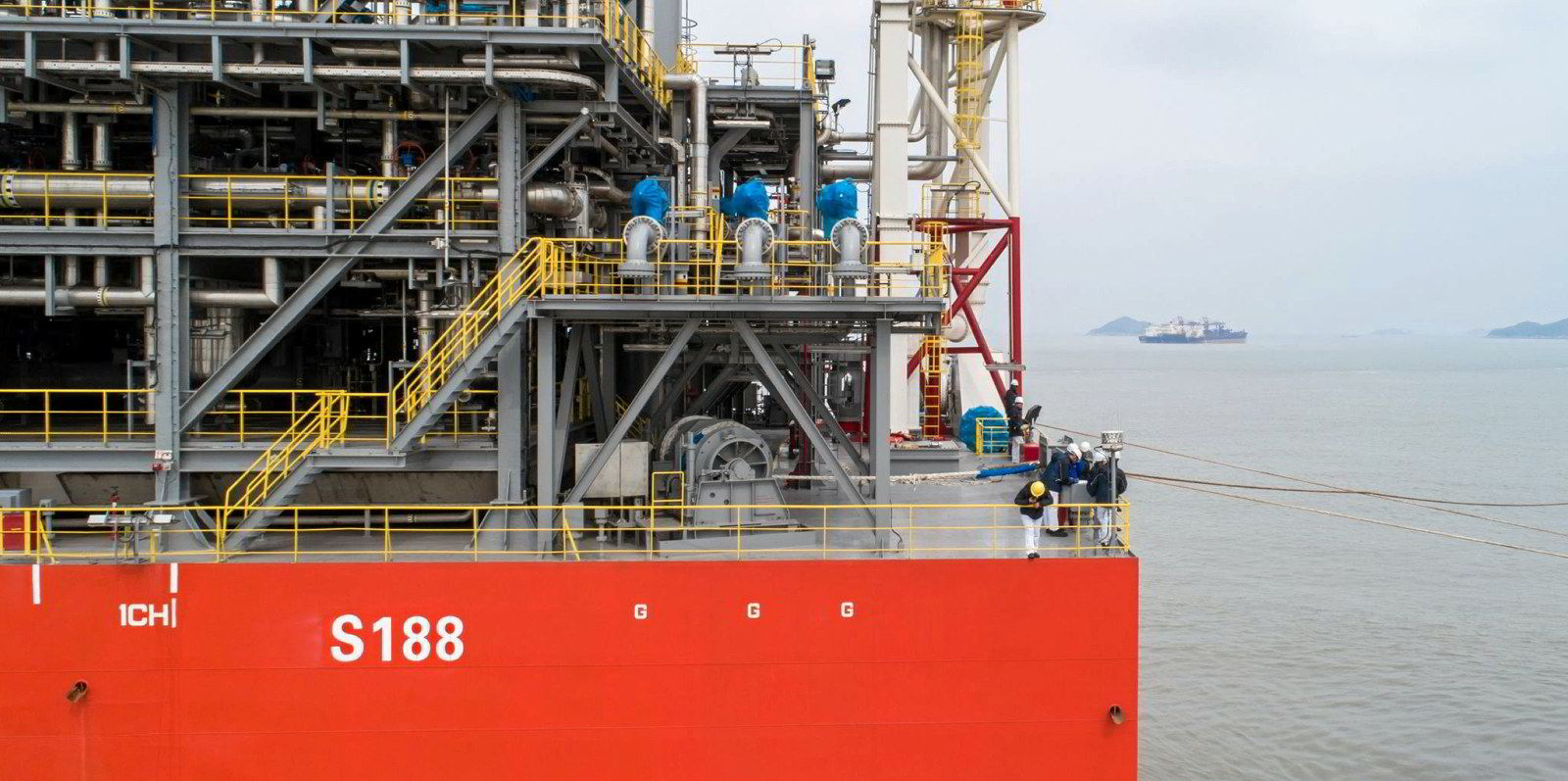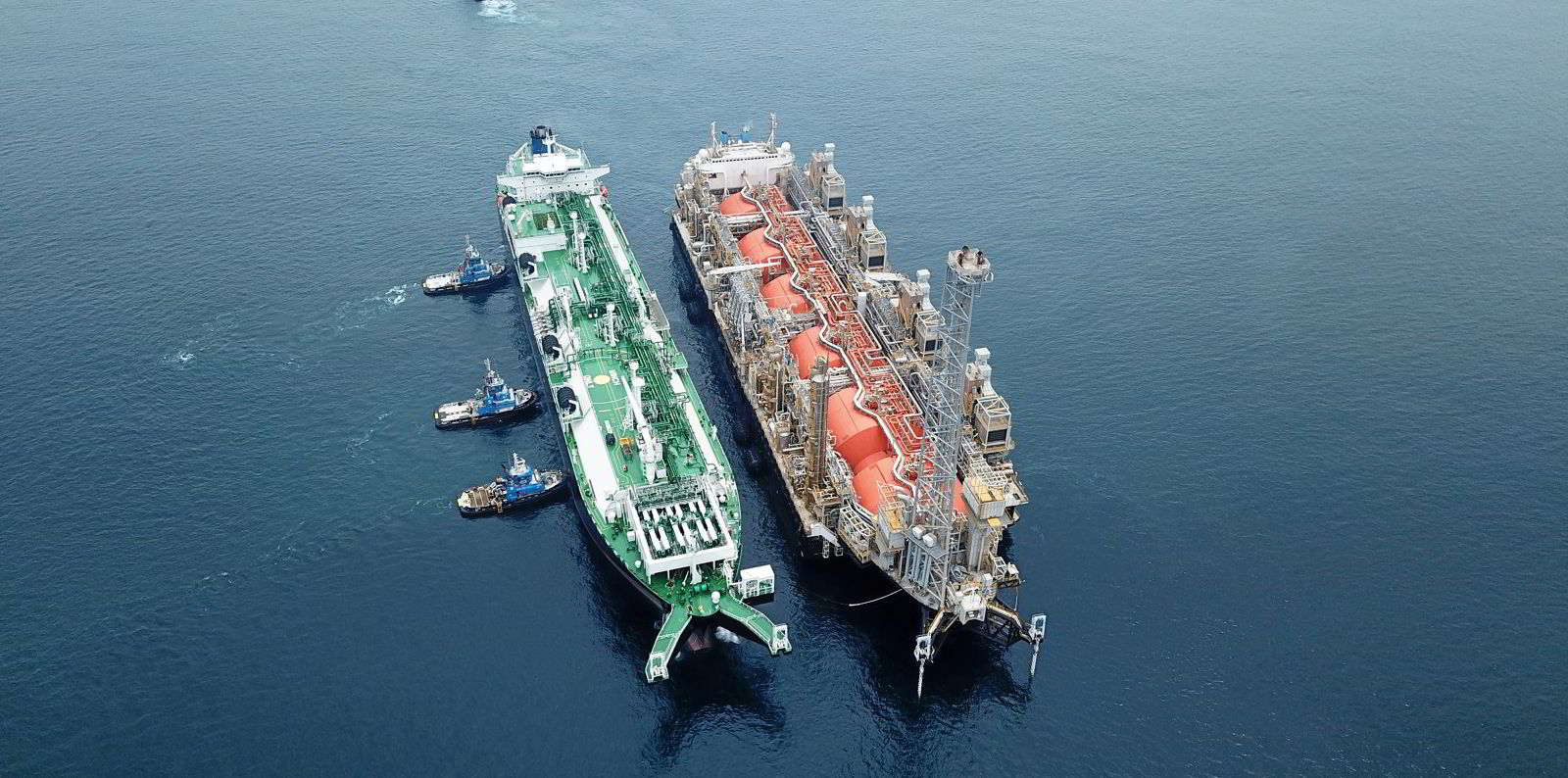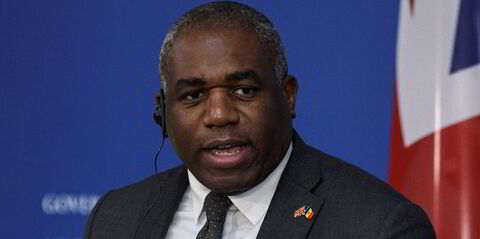Gas-hungry Germany is forecast to be one of the top three countries for LNG demand growth in the next 10 years, according to broker and consultant Poten & Partners.
Speaking on a webinar outlining the company’s long-term forecast, Poten head of data analytics Kristen Holmquist said global LNG demand is expected to grow from 350 million to 500 million tonnes per annum in the next 10 years which she said is “an extraordinary amount of growth”.
Holmquist said the market is seeing a huge amount of growth from South and Southeast Asia along with Europe.
In the period from 2022 to 2032 Poten sees China’s LNG demand growing by 38m tonnes, India at just under 25m tonnes and Germany by about 15m tonnes. That will be followed by Thailand, Brazil, Poland and Finland.
By 2032, demand growth from the rest of world is expected to be equal to that of traditional LNG buyers in north-east Asia like Japan, South Korea and Taiwan.
Poten also sees up to 70 mtpa of new demand growth coming from Southeast and South Asia.
Holmquist gave figures of 5.8 mtpa from Vietnam, 6.4 mtpa from Malaysia, along with big rises from Indonesia, Thailand, Philippines, Bangladesh and Pakistan.

On the supply side, Poten forecasts a doubling of US production to nearly 70 mtpa and a rise of 40 mtpa from Qatar, in addition to new volumes added from Canada, Mozambique, Papua New Guinea and Nigeria.
Poten expects delays to Russia’s planned production projects and others in Mozambique where uncertainties remain.
In contrast, LNG supply from Indonesia, Malaysia and Oman is expected to fall.
Holmquist said contracting for LNG supply had been busy in the first half of 2022 with 40 mtpa of new sale and purchase deals confirmed — on target to smash the total for 2021.
She said more than half of the deals have been signed with US players and most are for 16 to 20-year periods reflecting the shift to long-term contracts.
Poten is forecasting a tight LNG market from now through into 2024. In the following three years it expects the market to come back into balance and remain there through into 2032 or be slightly long.
But Holmquist said there are many projects which could disrupt this picture.
There is clearly uncertainty even in the short term.
She said the long-term market has been shifting as a result of near-term dynamics
Europe is expected to import around 110 mt of LNG in 2022, up from 80 mt a year ago.
But Poten sees European demand falling back in 2023 as the pull from Asian buyers rises.
“There is this push and pull and we are still trying to see how the market will end up,” she said, asking whether China will be prepared to pay up for volumes. But she said the opposite could also be the case.





